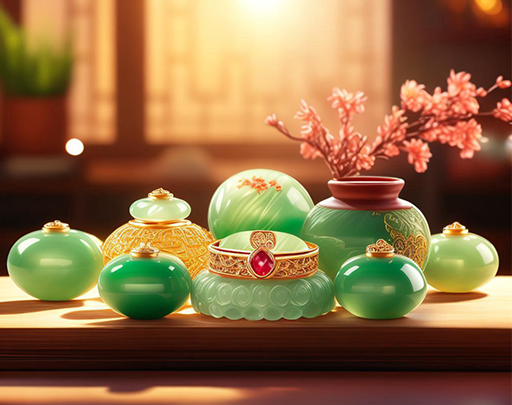
How Much is Jade Worth 2024 – A Comprehensive Guide
Jade, a gemstone steeped in history and cultural significance, commands a wide range of prices in today’s market. From affordable ornaments to multi-million dollar artifacts, the value of jade reflects a complex interplay of factors including quality, scarcity, and cultural importance.
At the lower end of the spectrum, we find mass-produced jade items and those made from dark color nephrite. These pieces, often small ornaments or beads, can be purchased for as little as $20 to $50. Moving up the quality ladder, low-grade jade typically fetches between $10 to $100 per carat. This category often includes jade used in everyday jewelry or small decorative objects.
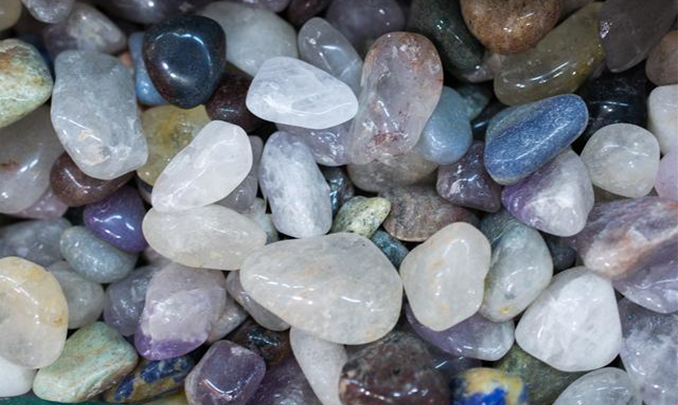
The middle range of the jade market sees prices escalate significantly. Medium-grade jade, with green, white or yellow color, suitable for fine jewelry and larger decorative items, commands anywhere from $100 to $1,000 per carat. This substantial price increase reflects improvements in color, transparency, and overall quality.
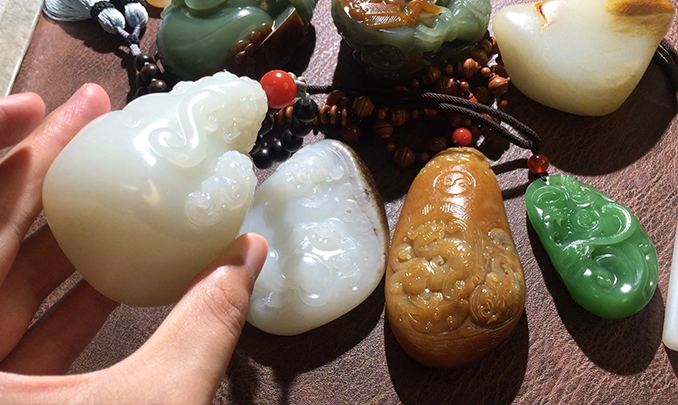
High-grade jade is jadeite which enters a realm where it competes with other precious gemstones in terms of value. Prices in this category range from $1,000 to $10,000 per carat. Such jade is prized for its exceptional color, translucency, and texture, often featuring in high-end jewelry and valuable artifacts.
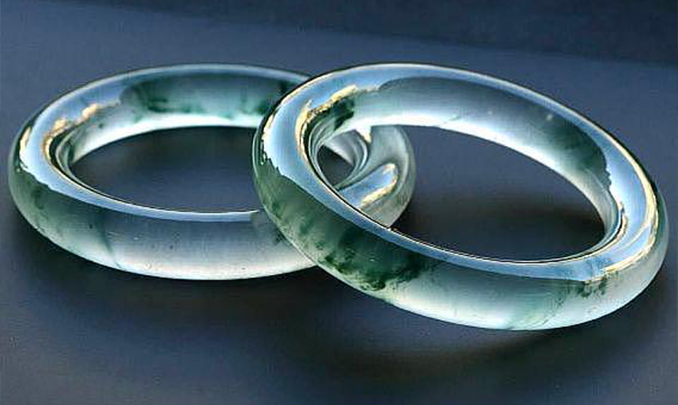
At the pinnacle of the jade market sits “Imperial Jade” – the rarest and most sought-after variety. This jade, characterized by its vivid emerald green color and high translucency, can fetch astronomical prices ranging from $10,000 to $100,000 per carat or even more. It’s not uncommon for exceptional pieces of Imperial Jade to sell for millions of dollars at auction.
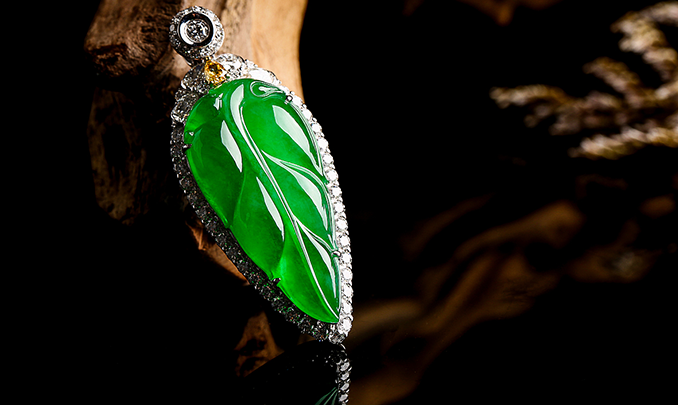
To put these prices into perspective, consider that a small jade pendant might weigh 2-3 carats. Thus, a high-grade jade pendant could easily cost between $2,000 and $30,000. A larger statue or artifact weighing hundreds or thousands of carats could be valued in the millions.
The jade market has seen some extraordinary sales that highlight the upper echelons of jade pricing. In 2014, a jadeite necklace sold at auction for a staggering $27.4 million, setting a world record. Single jadeite bangles of exceptional quality have been known to sell for over $1 million.
However, it’s crucial to understand that jade pricing is not solely determined by weight and quality. The cultural significance of jade, particularly in East Asian societies, plays a significant role in its valuation. In China, where jade has been revered for thousands of years, the demand for high-quality jade has driven prices to new heights in recent decades.
The jade market is also influenced by factors beyond traditional supply and demand. Ethical sourcing concerns, particularly regarding jade from Myanmar (formerly Burma), can impact prices. International sanctions and increased scrutiny of mining practices have added complexity to the global jade trade.
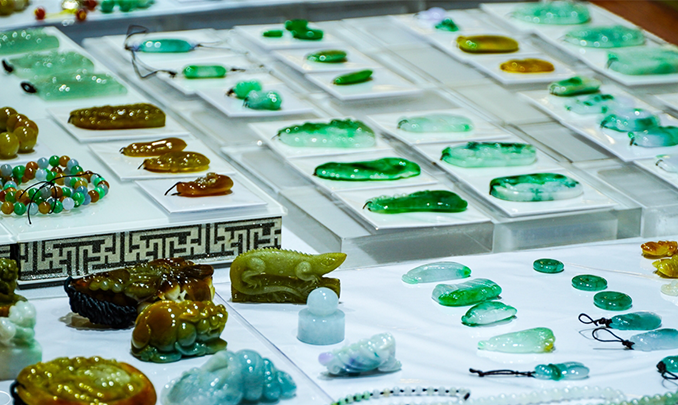
Furthermore, the jade market faces challenges related to imitations and treatments. The presence of “new jade” (actually serpentine) and various treated stones in the market has created a wide price gap between genuine, untreated jade and its alternatives. This disparity underscores the premium placed on authentic, high-quality jade.
Technological advancements have also played a role in jade pricing. Improved mining techniques have increased the supply of lower-grade jade, while treatment methods can enhance the appearance of lower-quality stones. These developments have made jade more accessible to a broader market but have also complicated the pricing structure.
Looking ahead, several factors may influence future jade prices. Environmental concerns and ethical sourcing initiatives could lead to stricter regulations on jade mining, potentially limiting supply and increasing prices for legally and ethically sourced stones. Conversely, changing cultural attitudes, particularly among younger generations, could alter the demand landscape.
In conclusion, the price of jade spans a vast range, from affordable decorative items to multi-million dollar treasures. This variation reflects not just the physical properties of the stone, but also its cultural significance, the challenges of its sourcing, and the complexities of the global gemstone market. As we move forward, the jade market will likely continue to evolve, influenced by cultural trends, ethical considerations, and the enduring human fascination with this remarkable green stone.
